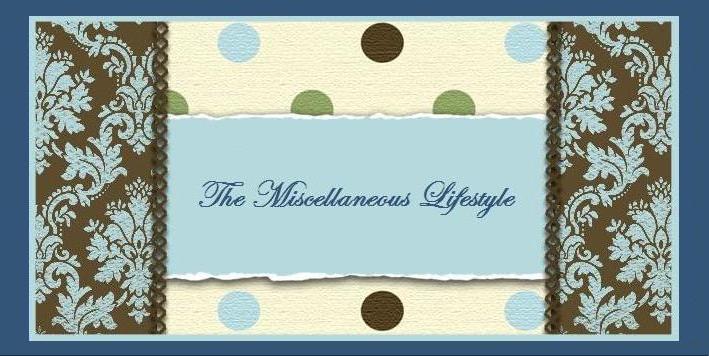
We made him a writing center some time ago but he had taken over his writing table for lego play during pretty much all of his free play. Additionally, Cole has a habit of bringing the legos into spaces that are not safe (read: where his infant brother is).
I had started pinning different lego storage ideas and tables on pinterest with making something for Cole in mind. We cycled through two ideas before finally settling on this tutorial.
It was so simple to get all of the parts and put it together. I ordered everything we needed and then waited. We pretty much used everything that the tutorial above used.

We bought a LACK side table from IKEA. I was incredibly fortunate to have a son who loved the cheapest one the very most. It cost us $7.99. We bought the VESSLA storage crate for $5.99 and the VESSLA lid for $2.00 which made the storage container exactly the same cost as our table. I find that highly amusing.

We intended to use the KRITTER series children's chair we bought for Cole's writing center a few years ago. It's still available for $12.99.
I often buy at Amazon when I can but after shopping around, I found even with the cost of shipping from www.lego.com that the order through them would be cheaper. We bought 4 of the 10x10 baseplate in blue so that it would contrast the green table. These were the most expensive part of our project. They also come in green! Finally, Cole and I went to Home Depot and picked up some Contact Cement. They had a small bottle for under $5. Gloves and masks were also purchased just for funsies.

We got some safety gear on. With a fan in the window to ventilate the room, we were ready to start.

Excuse the mess. We're prepping for a move plus we have a five year old who is not friendly to cleaning.






And we set off to work. We placed the plates on the table and eyeballed them to center them on the table. We taped around the plates with painter's tape to mark our placement.


You need to let the contact cement cure before placing the two items together. We got some glue on the table and then the back of the plates. After 15 minutes of curing, we were ready to put the baseplates on.

Also of importance: If you want the legos to work across all four baseplates you need to be sure to test with bricks as the baseplates will not function fluidly if they're flush against each other. There has to be a miniscule gap for the four plates to work well together.

We found that there's a small window to adjust the baseplates after you lay them down. Our strategy was to lay one as close as we could to our tape off and then lay the second. We then grabbed a brick and tried to lay it across both plates. If it worked okay, we were perfectly positioned. If it didn't fit right, we shifted the plate before pressing it down to permanently seal it.

As you add in the other plates make sure you're testing both sides.

Our end result.

I love it.

He does too. He plays with it every single day. I'm already thinking about where it will be homed in our new rental.

No comments:
Post a Comment